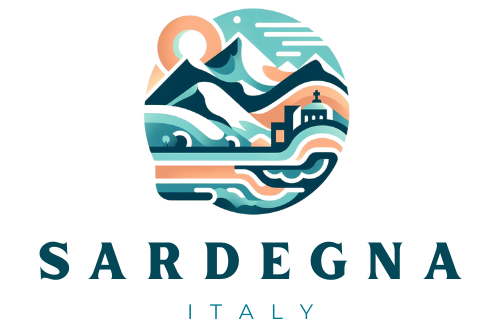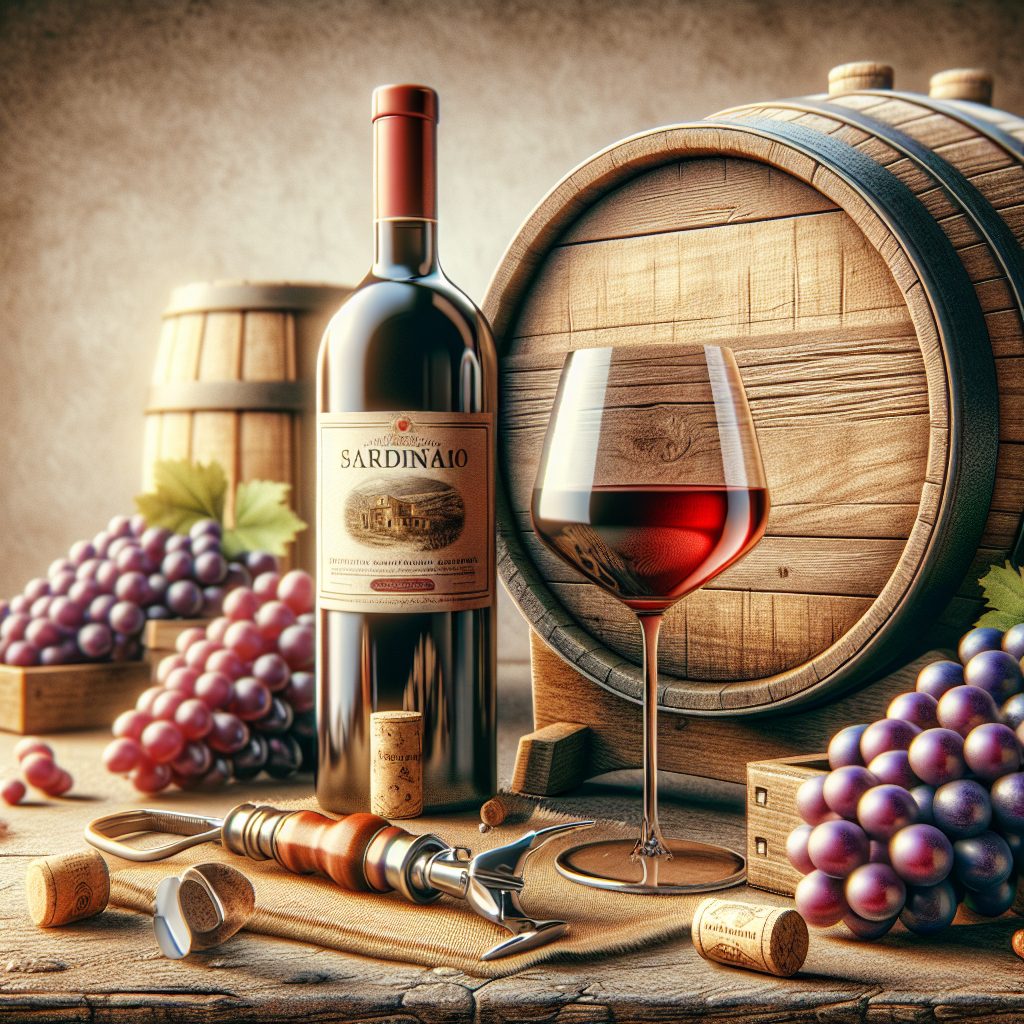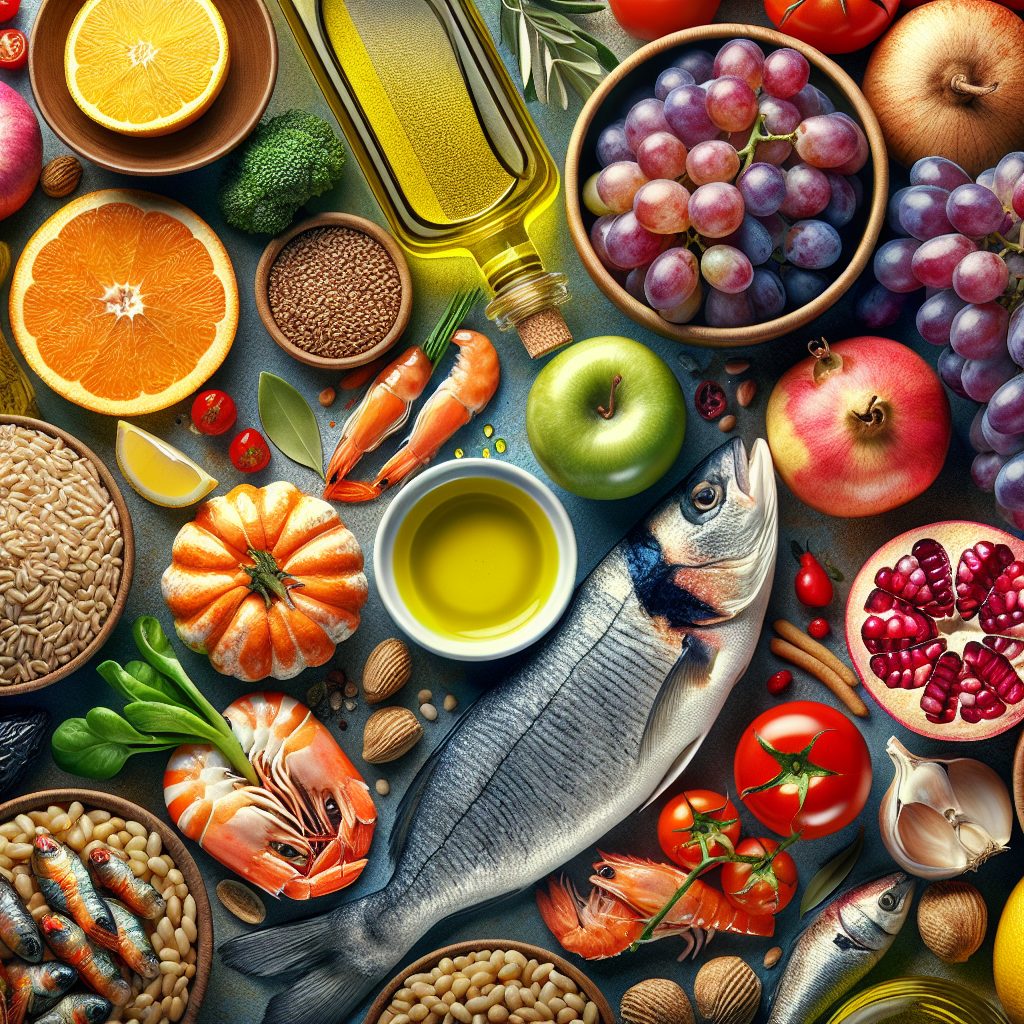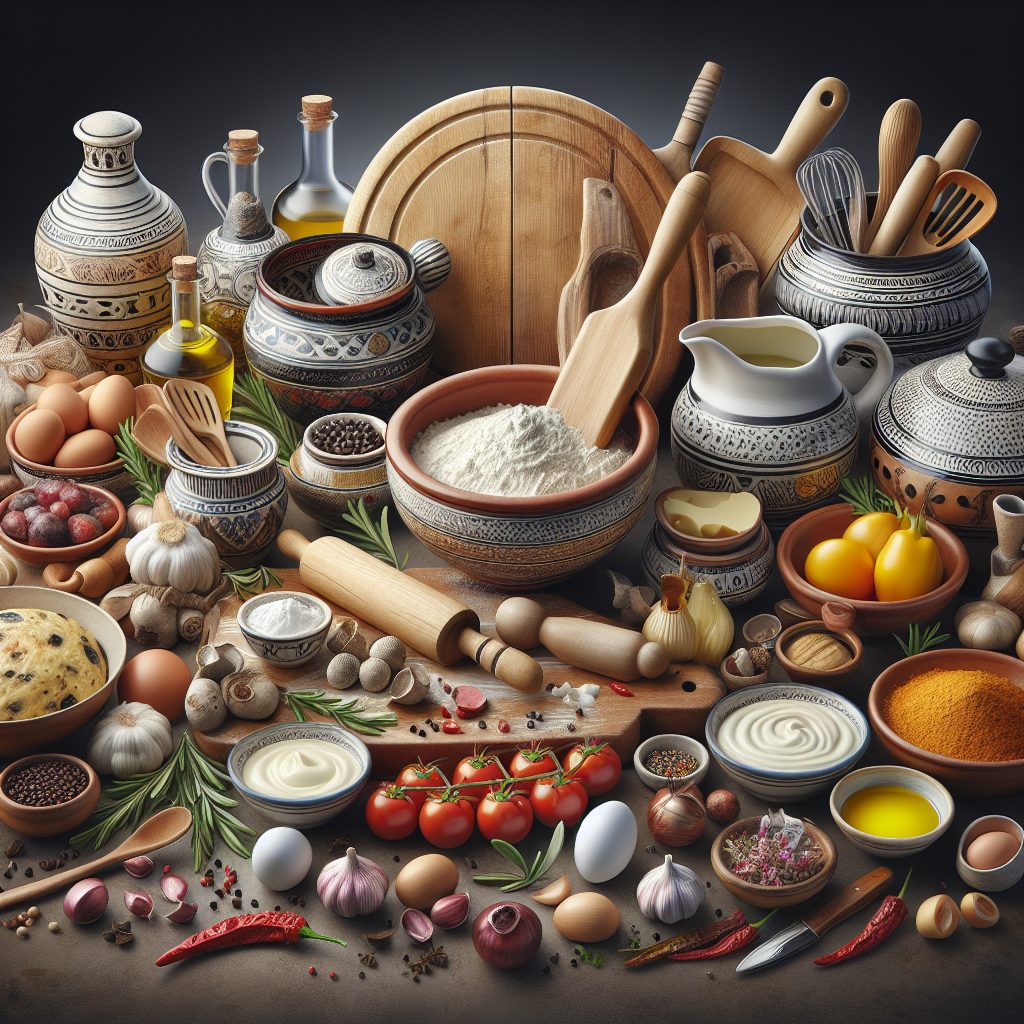Sardinian wine culture is deeply rooted in the history and traditions of the island, making it a unique and significant aspect of the region. With a rich viticultural heritage dating back thousands of years, Sardinia has become renowned for producing exceptional wines, known for their distinct flavors and quality. The island’s diverse geography, including its rolling hills, fertile soil, and Mediterranean climate, provides the perfect conditions for grape cultivation, resulting in a wide range of varietals that showcase the essence of Sardinia’s winemaking prowess.
One of the key takeaways of Sardinian wine culture is the incredible diversity of grape varieties found throughout the island. Unlike many other wine regions, Sardinia boasts numerous indigenous grape varieties, each with its own unique characteristics. From the famous white variety Vermentino, known for its fresh and aromatic profile, to the red grape Cannonau, which produces robust and full-bodied wines, Sardinian wines offer a fascinating array of flavors to suit every palate. In addition, the island’s winemakers have preserved traditional winemaking techniques, such as extended maceration and aging in large wooden barrels, ensuring that the wines reflect the authentic charm of Sardinia’s winemaking heritage. In the next part of this article, we will delve deeper into the specific grape varieties and winemaking practices that make Sardinian wines truly exceptional. Stay tuned to uncover the secrets behind the captivating wines of Sardinia!
Key Takeaways
1. Sardinia has a rich and ancient wine culture, dating back thousands of years, with over 400 indigenous grape varieties.
2. The highland region of Barbagia is known for its powerful red wines, while the coastal areas produce crisp and refreshing whites.
3. Cannonau is the most famous and widely grown red grape variety in Sardinia, producing complex and full-bodied wines.
4. Sardinian winemakers put a strong emphasis on traditional winemaking practices, such as using large oak casks instead of small barrels and fermenting wines with native yeasts.
5. Wine tourism is booming in Sardinia, with many vineyards offering tours, tastings, and accommodation options that provide visitors with an immersive experience in the island’s unique wine culture.
What Makes Sardinian Wine Culture Unique?
The History of Sardinian Wine
Sardinian wine has a rich history dating back to ancient times. The island of Sardinia, located off the coast of Italy, has been producing wine for over 3,000 years. The Phoenicians, Carthaginians, and Romans all recognized the potential of the island’s fertile soil and favorable climate for grape cultivation. Sardinia’s unique wine traditions have been passed down through generations, resulting in a distinct and diverse wine culture.
Indigenous Grape Varieties
Sardinian wine culture is characterized by an array of indigenous grape varieties that thrive in the island’s diverse microclimates. Cannonau, also known as Grenache, is the most famous and widely planted red grape variety in Sardinia. It produces robust, full-bodied wines with notes of dark fruit and spices. Vermentino, on the other hand, is the dominant white grape variety, producing crisp and aromatic wines that beautifully capture the essence of the Mediterranean.
Terroir and Wine Regions
Sardinia’s unique terroir plays a crucial role in shaping the distinct characteristics of its wines. The island boasts a varied landscape, from rolling hills and mountains to stunning coastal areas. Different wine regions within Sardinia, such as Gallura, Campidano, and Ogliastra, each have their own microclimates, soil compositions, and grape varieties. This diversity allows for the production of a wide range of wines, from elegant and refined to bold and powerful.
Traditional Winemaking Techniques
In Sardinian wine culture, traditional winemaking techniques are still highly valued and preserved. Many winemakers employ ancient methods such as amphora fermentation, where the wine is aged in clay vessels. This technique enhances the wine’s complexity and texture. Additionally, prolonged maceration and extended aging in oak barrels are commonly practiced to enhance the flavors and aromas of Sardinian wines.
Food and Wine Pairings
Food is an integral part of Sardinian wine culture, and the island’s cuisine perfectly complements its wines. Traditional Sardinian dishes such as roasted suckling pig, pecorino cheese, and pane carasau (a thin, crisp bread) are often enjoyed alongside local wines. The robust flavors of Sardinian cuisine harmonize beautifully with the rich and complex profiles of the region’s wines, creating unforgettable gastronomic experiences.
Exploring Sardinian Wine
For wine enthusiasts and travelers alike, exploring the world of Sardinian wine is a captivating journey. Wineries throughout the island offer tours and tastings, allowing visitors to immerse themselves in Sardinia’s wine culture. From boutique family-run estates to larger-scale producers, there is a wide range of options to discover. Don’t miss the opportunity to savor the unique flavors and learn about the history and traditions that make Sardinian wine culture so special.
Guides and Tips for Enjoying Sardinian Wine
- What are some must-try Sardinian wines and where can you find them?
- How to properly store and serve Sardinian wines to enhance their flavors?
- Which Sardinian dishes pair best with different styles of Sardinian wines?
- What are some lesser-known wineries in Sardinia that are worth visiting?
- How does Sardinian wine culture differ from other Italian wine regions?
Frequently Asked Questions
1. What is Sardinian wine culture?
Sardinian wine culture refers to the tradition, production, and consumption of wine in the beautiful island of Sardinia, located in Italy. It encompasses the unique grape varieties, winemaking techniques, and wine-related customs that have developed over centuries in this region.
2. Which are the main grape varieties used in Sardinian wine production?
Some of the main grape varieties used in Sardinian wine production include Cannonau, Vermentino, Carignano, Nuragus, and Monica. These grapes contribute to the distinct flavors and characteristics found in Sardinian wines.
3. What are the key wine regions in Sardinia?
Sardinia has several key wine regions, including the renowned areas of Alghero, Gallura, and Cannonau di Sardegna. Each region has its own unique terroir, which influences the flavors and quality of the wines produced.
4. What makes Sardinian wines unique?
Sardinian wines are known for their unique character and identity. The island’s distinct climate, soil, and grape varieties contribute to the production of wines with rich flavors, balanced acidity, and noticeable minerality. The traditional winemaking techniques used by local producers also add to their uniqueness.
5. Are there any famous Sardinian wine producers?
Yes, there are several renowned Sardinian wine producers that have gained international recognition. Some of the notable ones include Argiolas, Sella & Mosca, Cantina di Santadi, and Pala. These producers are known for their commitment to quality and their ability to showcase the best of Sardinian wine culture.
6. Can I visit wineries and vineyards in Sardinia?
Absolutely! Sardinia offers plenty of opportunities for wine enthusiasts to visit wineries and vineyards. Many producers welcome visitors, offering guided tours, tastings, and the chance to immerse oneself in the beautiful vineyard landscapes.
7. What food pairings work well with Sardinian wines?
Sardinian wines pair excellently with the island’s traditional cuisine. Cannonau wines, for example, pair wonderfully with roasted lamb, while Vermentino wines complement seafood dishes. Pecorino cheese and Carignano wines also make a delightful combination.
8. How is the future looking for Sardinian wine culture?
The future looks promising for Sardinian wine culture. The region’s commitment to quality, sustainability, and the preservation of traditional practices has gained recognition worldwide. Sardinian wines continue to impress wine lovers globally, attracting attention and appreciation for their authenticity and unique characteristics.
9. Can I purchase Sardinian wines outside of Italy?
Absolutely! Sardinian wines are exported to many countries around the world. Depending on your location, you can find Sardinian wines in specialized wine shops, online retailers, or even directly from the wineries themselves.
10. Are there any wine festivals or events dedicated to Sardinian wine?
Yes, Sardinia hosts several wine festivals and events dedicated to celebrating the region’s wine culture. The most famous one is the “Cantine Aperte” (Open Cellars), where wineries across Sardinia open their doors to visitors, offering tastings, tours, and cultural activities.
Final Thought
The Sardinian wine culture undeniably holds a captivating charm that extends far beyond its stunning landscapes and renowned wines. It represents a deep-rooted connection to tradition, an expression of the Sardinian people’s love for their land and their desire to preserve and showcase its heritage. Exploring Sardinian wines offers an immersive journey into a world where history, nature, and craftsmanship come together to produce exceptional experiences for wine enthusiasts around the globe.
From the robust and complex reds of Cannonau to the refreshing elegance of Vermentino, Sardinian wines embody the island’s soul, capturing the essence of its terroir with every sip. Whether you have the opportunity to visit a Sardinian winery or enjoy its wines from afar, embracing the Sardinian wine culture will undoubtedly enrich your palate and deepen your appreciation for the fascinating world of wine.





